Construction permits have been issued for a three-story, three-unit residential building at 1927 West Diamond Street in North Philadelphia West. The project, located on near West Diamond Street between North Uber and North 20th streets, will replace an empty parcel just steps from the West Diamond corridor. The new building will span a total of 2,967 square feet of new construction. The property is owned by Callahan Ward Temple VII LLC, with design led by Interface Studio Architects.
Permits list general construction costs as $550,000 and excavation costs at $50,000, bringing the total construction value to $600,000.

1927 Diamond Street Plan via Interface Studio Architects
The proposal calls for a three-story structure with an interior mezzanine, with one dwelling unit per floor. Zoning documents confirm the site lies within the RM-1 residential district. The 17-foot-wide lot spans 1,641 square feet, of which the structure will occupy 1,032 square feet (62.9%), well below the district’s 75 percent maximum. The building will rise 38 feet high. The development provides a three-foot-eight-inch front setback, a 29-foot-deep rear yard, and 548 square feet of rear yard open area, meeting and exceeding all open-space requirements.

1927 Diamond Street Section via Interface Studio Architects
Architectural drawings show a brick-clad façade with a recessed ground-floor entry accessed from the West Diamond Street sidewalk. The rear elevation incorporates stepped massing and a deep yard that opens to an alley at the back of the site.
The estimated construction timeline has not been revealed yet.
Subscribe to YIMBY’s daily e-mail
Follow YIMBYgram for real-time photo updates
Like YIMBY on Facebook
Follow YIMBY’s Twitter for the latest in YIMBYnews

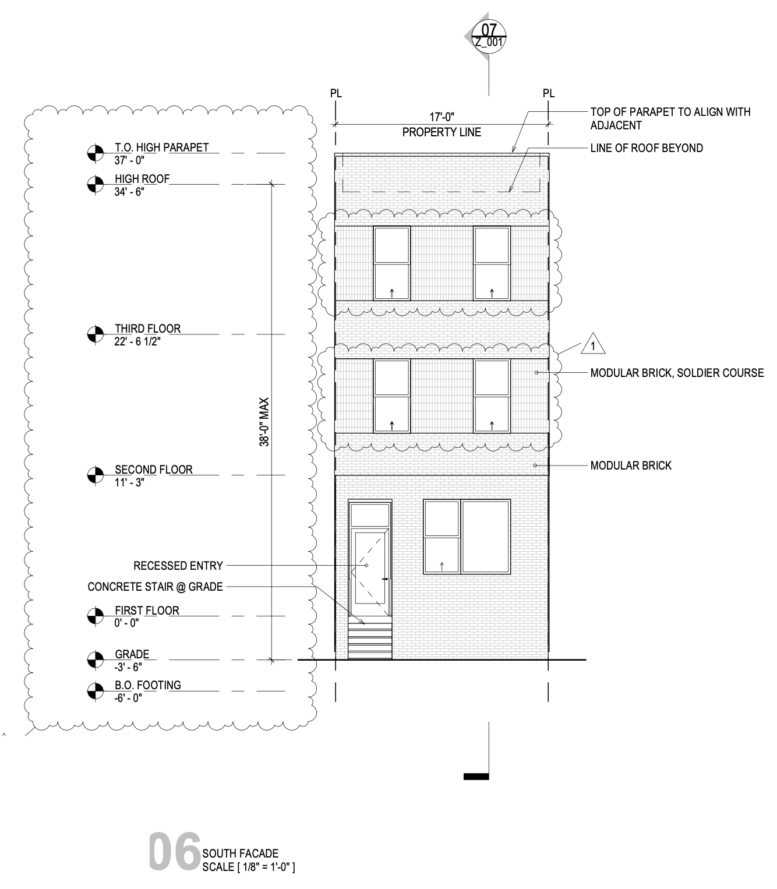
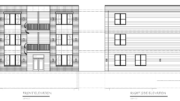
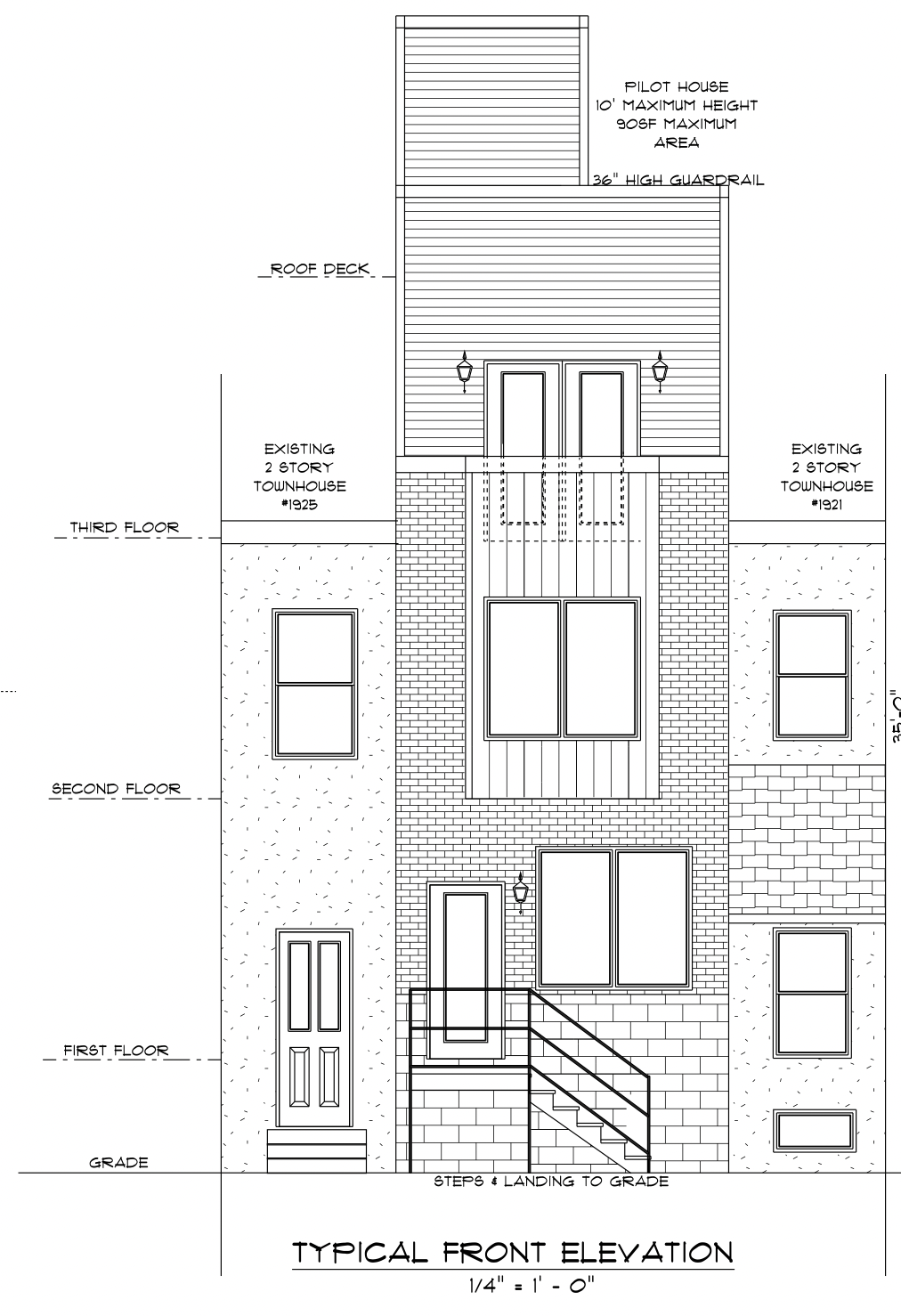
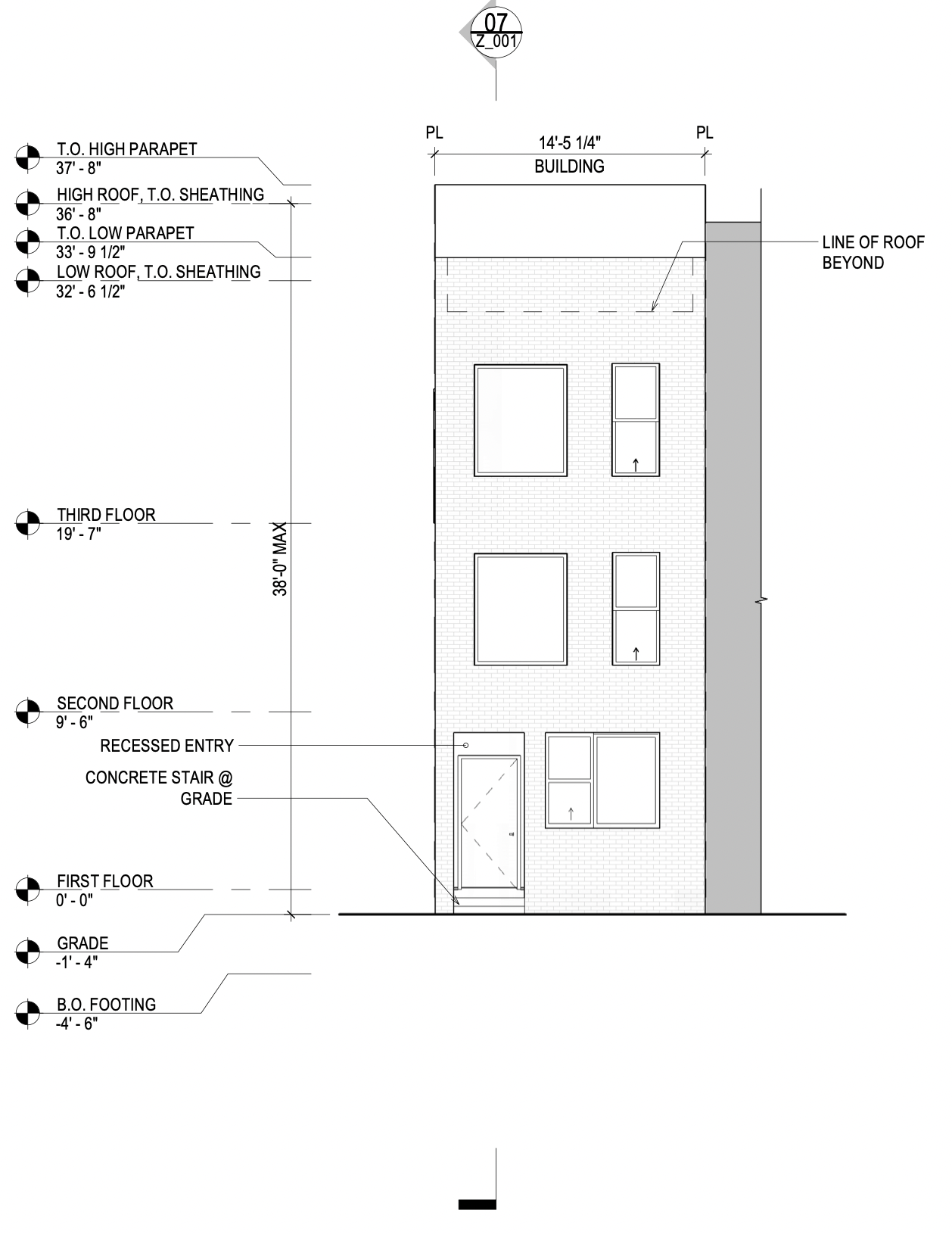
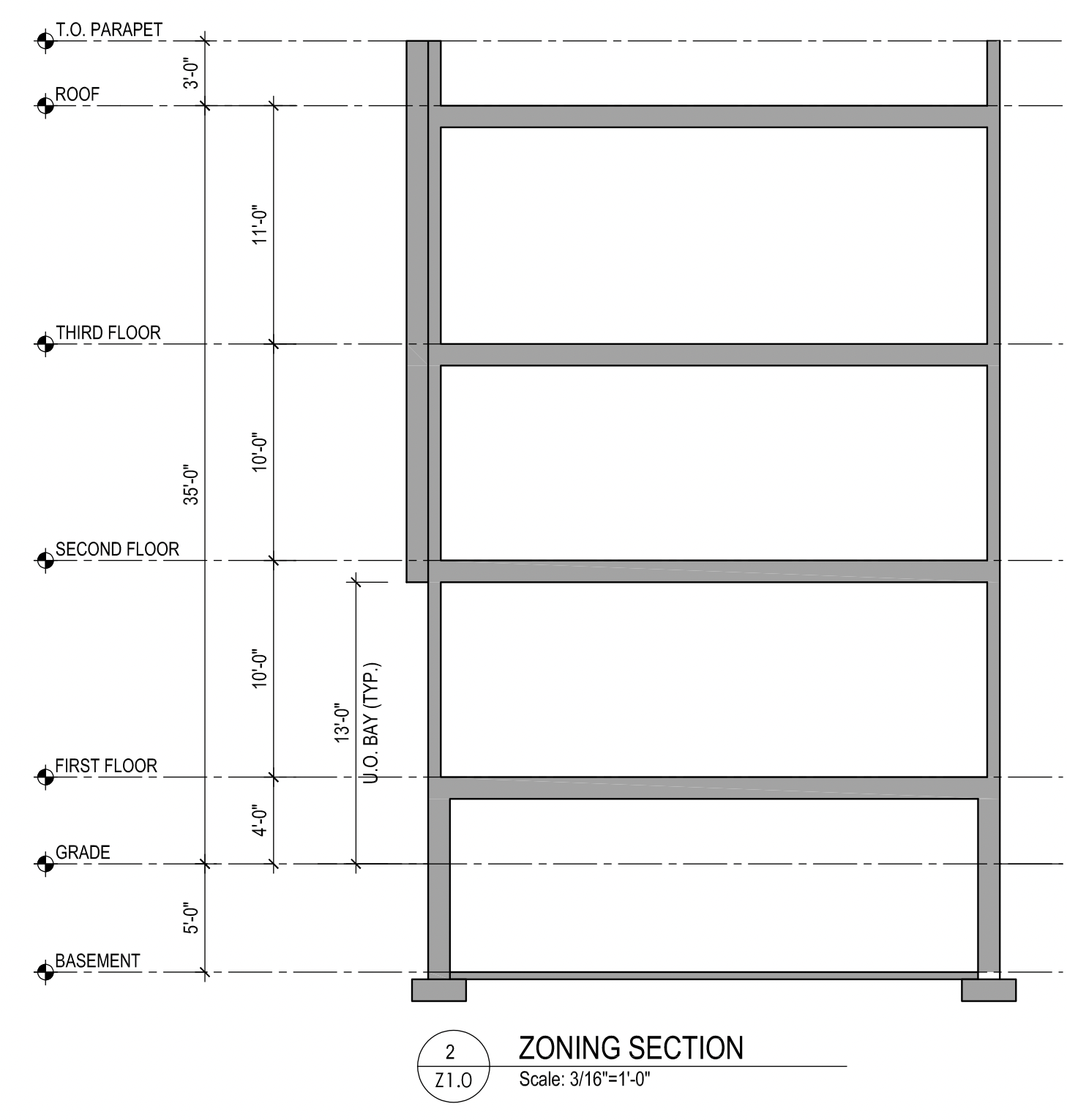
The north side of the 1900 block of West Diamond St. must have been an architectural treasure. Check out Google Maps July 2017 to view five (of the original ten) then remaining, highly ornamented, splendiferous structures. Unfortunately two of the five have recently been demolished, leaving only three.